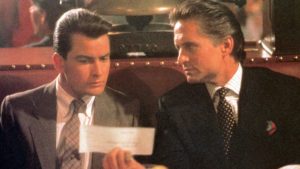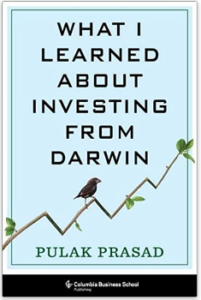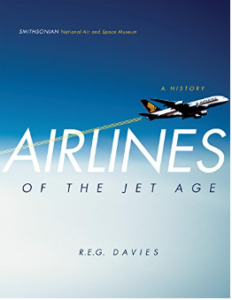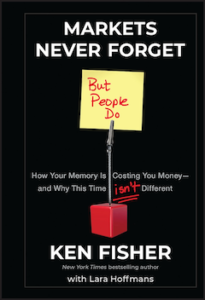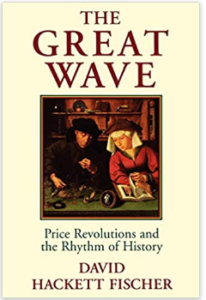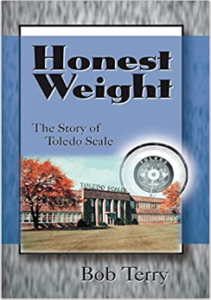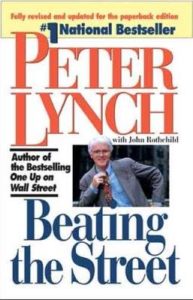“If something’s not worth doing at all, it’s not worth doing well.”
– Charlie Munger
This weekend on LinkedIn I came across a well-crafted visualization of how gold held its value against the dollar, the pound, and the yen since 1900, with a caption espousing its quality as a “store of value” across the ages. This post reminded me of Berkshire Hathaway’s 2011 letter, where Warren Buffett compares the merits of investing in productive versus non-productive assets. Buffett’s main point is that wealth must be continuously produced if one’s purchasing power is to be maintained. Simply tucking away money, or hoarding an asset like gold, won’t do the job.
William Bernstein makes this same point in The Power of Gold (2012): “Stores of wealth sit. Money moves. It travels from one pocket to another. A store of wealth is mass; money is measurement of wealth.” In the epilogue to his seminal history of gold, Bernstein concludes: “Those who believed that gold was a hedge against the uncertainties of life, failed to understand that the pursuit of eternity is not to be satisfied by gold, or by anything else we choose to replace gold—dollars, euros, whatever. Gold as an end in itself is meaningless. Hoarding does not create wealth.” His main point is that wealth is created by the movement of money. Bury a million dollars six feet under and it will do nothing for you.
With his customary eloquence, Buffett’s 2011 letter makes a strong case for investing in productive assets. “Ideally,” he writes, “these assets should have the ability in inflationary times to deliver output that will retain its purchasing-power value while requiring a minimum of new capital investment. Farms, real estate, and many businesses such as Coca-Cola, IBM and our own See’s Candy meet that double-barreled test.” Conversely, he portrays investments in currency-based assets such as bank deposits, money-market funds, bonds, and mortgages, as dangerous. “Most of these currency-based investments are thought of as safe,” he explains, but “in truth they are among the most dangerous of assets. Their beta may be zero, but their risk is huge. Over the past century these instruments have destroyed the purchasing power of investors in many countries, even as the holders continued to receive timely payments of interest and principal. This ugly result, moreover, will forever recur.”
Indeed, the people who espouse the merits of investing in a non-productive asset like gold do so because of the terrible track record of currencies that Buffett warns about. “Even in the U.S.,” Buffett maintains, “where the wish for a stable currency is strong, the dollar has fallen a staggering 86% in value since 1965, when I took over management of Berkshire. It takes no less than $7 today to buy what $1 did at that time. Consequently, a tax-free institution would have needed 4.3% interest annually from bond investments over that period to simply maintain its purchasing power.” This sort of math is what the author of the post was using to make his case that gold is a good “store of value.” But is it really? Charlie Munger’s quote above suggests otherwise.
Just for fun I googled what an ounce of gold could buy in 1900. Among the answers were two cows and 10 acres of land in South Carolina, which came from this article. While an ounce of gold today might still get you a cow, the real value is not in the cow itself, but the notion that the cows could be bred into a herd and eventually built into a vibrant, producing farm. Buffett makes this case so well in his 2011 letter, I could not help but reproduce most of the passage below:
“The second major category of investments involves assets that will never produce anything, but that are purchased in the buyer’s hope that someone else — who also knows that the assets will be forever unproductive — will pay more for them in the future. Tulips, of all things, briefly became a favorite of such buyers in the 17th century. This type of investment requires an expanding pool of buyers, who, in turn, are enticed because they believe the buying pool will expand still further. Owners are not inspired by what the asset itself can produce — it will remain lifeless forever — but rather by the belief that others will desire it even more avidly in the future. The major asset in this category is gold, currently a huge favorite of investors who fear almost all other assets, especially paper money (of whose value, as noted, they are right to be fearful). Gold, however, has two significant shortcomings, being neither of much use nor procreative. … Today the world’s gold stock is about 170,000 metric tons. If all of this gold were melded together, it would form a cube of about 68 feet per side. (Picture it fitting comfortably within a baseball infield.) At $1,750 per ounce — gold’s price as I write this — its value would be $9.6 trillion. Call this cube pile A. Let’s now create a pile B costing an equal amount. For that, we could buy all U.S. cropland (400 million acres with output of about $200 billion annually), plus 16 Exxon Mobils (the world’s most profitable company, one earning more than $40 billion annually). … A century from now the 400 million acres of farmland will have produced staggering amounts of corn, wheat, cotton, and other crops — and will continue to produce that valuable bounty, whatever the currency may be. Exxon Mobil will probably have delivered trillions of dollars in dividends to its owners and will also hold assets worth many more trillions (and, remember, you get 16 Exxons). The 170,000 tons of gold will be unchanged in size and still incapable of producing anything. You can fondle the cube, but it will not respond. Admittedly, when people a century from now are fearful, it’s likely many will still rush to gold. I’m confident, however, that the $9.6 trillion current valuation of pile A will compound over the century at a rate far inferior to that achieved by pile B. … Metaphorically, these commercial “cows” will live for centuries and give ever greater quantities of “milk” to boot. Their value will be determined not by the medium of exchange but rather by their capacity to deliver milk. Proceeds from the sale of the milk will compound for the owners of the cows, just as they did during the 20th century when the Dow increased from 66 to 11,497 (and paid loads of dividends as well). Berkshire’s goal will be to increase its ownership of first-class businesses. Our first choice will be to own them in their entirety — but we will also be owners by way of holding sizable amounts of marketable stocks. I believe that over any extended period of time this category of investing will prove to be the runaway winner among the three we’ve examined. More important, it will be by far the safest.”
While Buffett’s cow analogy makes his point well, it does not emphasize enough the power of growth, in my opinion. A plot of farmland or and oil well can certainly generate more wealth than a non-producing brick of gold, but to compound wealth like Buffett has done, the output needs to be re-invested for growth. A cow can produce milk for a maximum of two years, after which it can be consumed as meat – but as the old saying goes, you can’t have the cake and eat it too. The same applies to Exxon and the other stocks that propelled the Dow over the centuries. Sticking with the cow analogy, the majority of wealth creation has come not from the milk itself, but from the growth that the milk enables.




